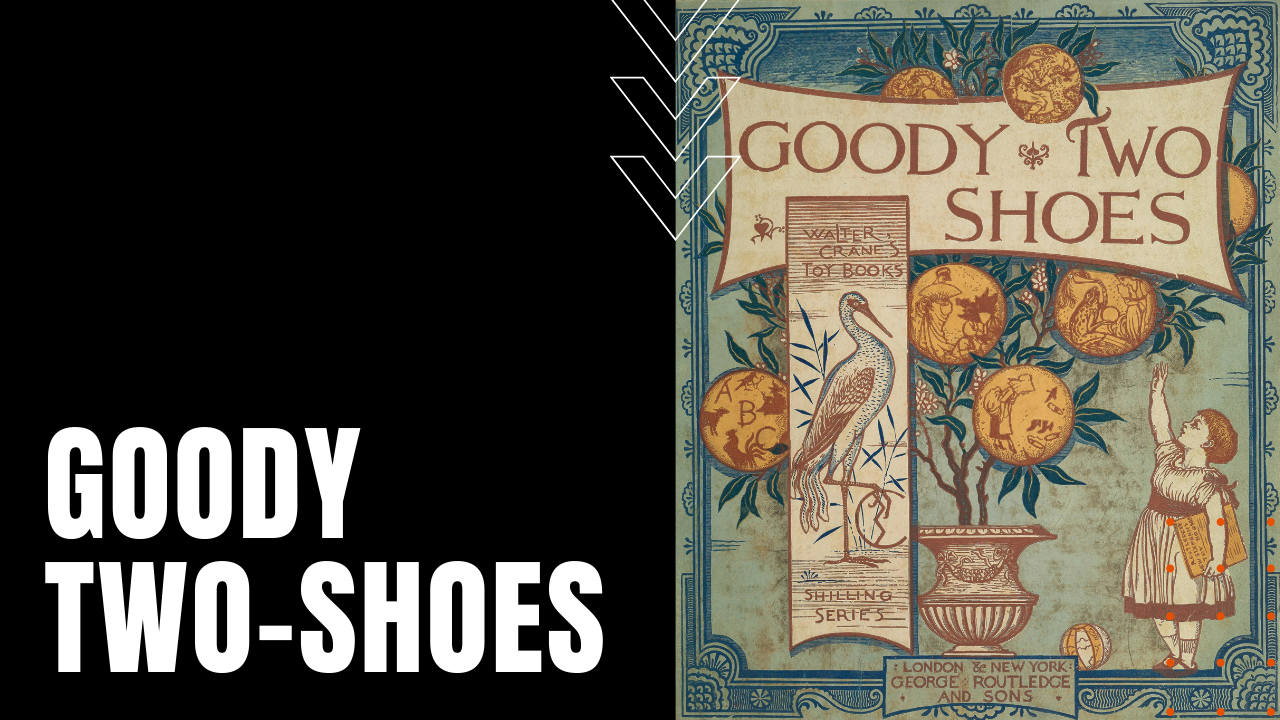Goody Two Shoes

Before her name became synonymous with over-the-top virtue and prudishness, few people living today comprehend the profound impact of the first English language children’s novel, The History of Little Goody Two-Shoes. First published anonymously in 1765 by John Newbery—one of the first publishers of children’s books—the wildly popular novel tells the story of impoverished and one-shoed Margery Meanwell. After her indebted father falls ill and dies, two loan sharks named Sir Gripe and Farmer Graspall take what little money he had left, obliging Margery and her brother to fend for themselves as penniless, homeless orphans.
Left to Fend for Herself
A wealthy benefactor adopts her brother but leaves Margery behind, bequeathing her a scant consolation prize of a pair of new shoes. Overcome with excitement and joy, she runs through her town, exclaiming to a clergyman’s wife, “Two shoes, ma’am! Two shoes!” earning her nickname amongst the villagers at large. During a time when women and girls were considered incapable of governing themselves, Margery Meanwell’s adventures offered a starkly different narrative regarding gender norms of the day. Over the course of this Cinderella-like story, Margery Meanwell chronicles her struggles to teach herself to read, to stand up for animal rights, to overcome accusations of witchcraft, to foil a major robbery, to open a school and to earns her own living without the assistance of a man—achieving an educated, self-made womanhood in stark opposition to what 18th century British society thought women were capable of.
Authorship in Debate
Considered by many scholars to be the work of Anglo-Irish writer Oliver Goldsmith, Goody Two-Shoes became wildly popular with young readers in the 18th and 19th centuries, breaking all social and literary barriers of the day, while teaching young readers foundational values such as generosity, the benefits of hard work and the fundamental virtues of an educated mind. Over the later part of the book, Margery teaches her students to focus on meditative, critical thinking with the prop of a hat she dubs her “Considering Cap,” which is the first reference in English literature of a “thinking cap,” making Goody Two-Shoes, a breakout rebellion against 18th century expectations of what a woman could be.
